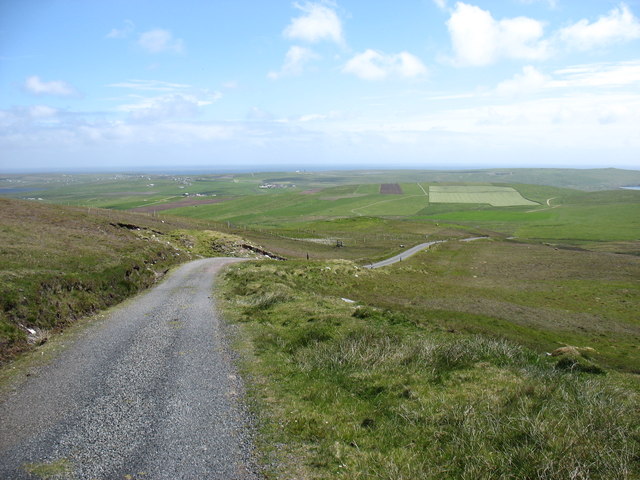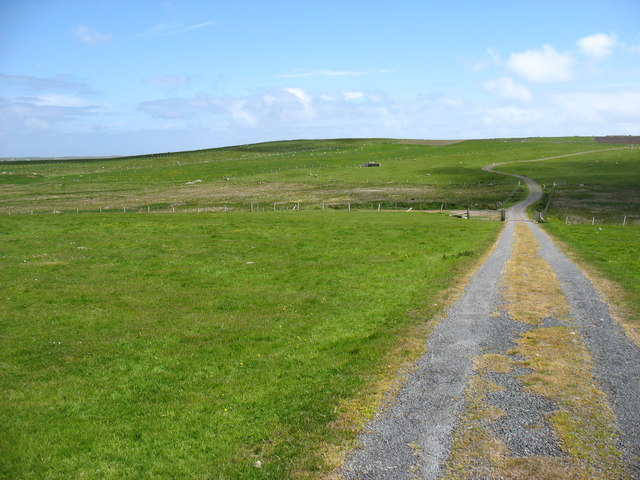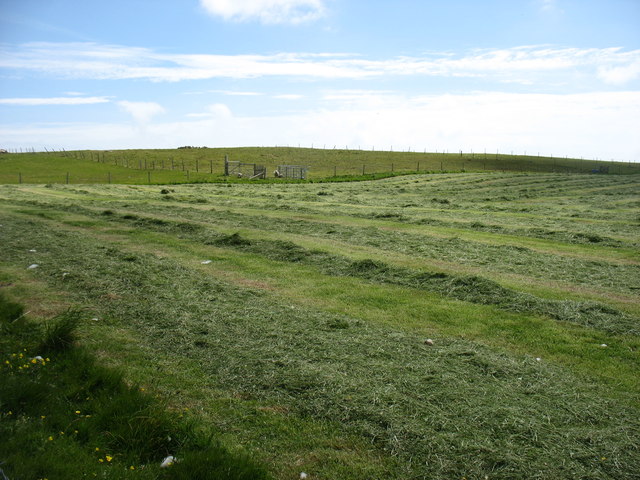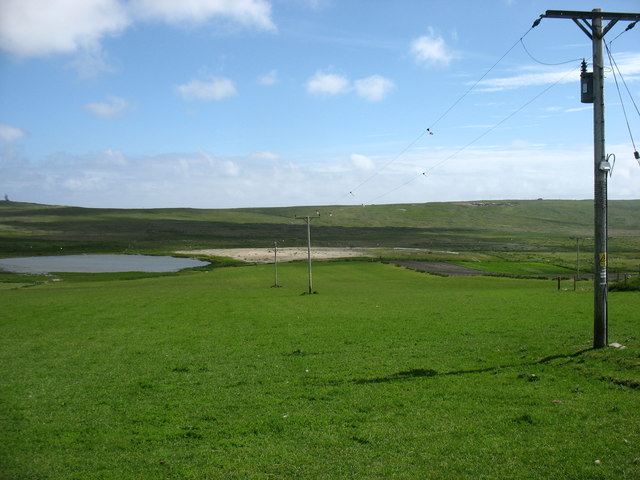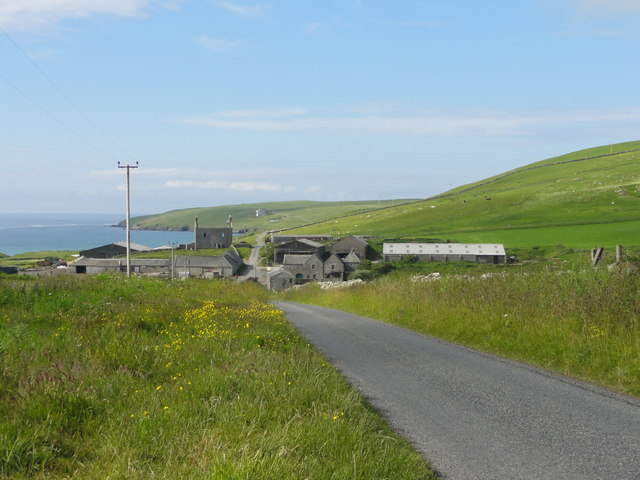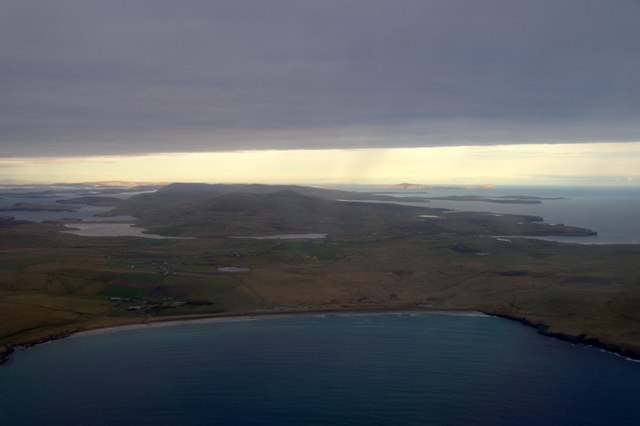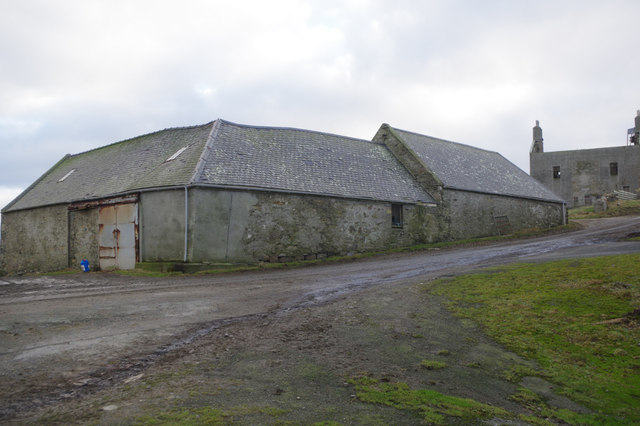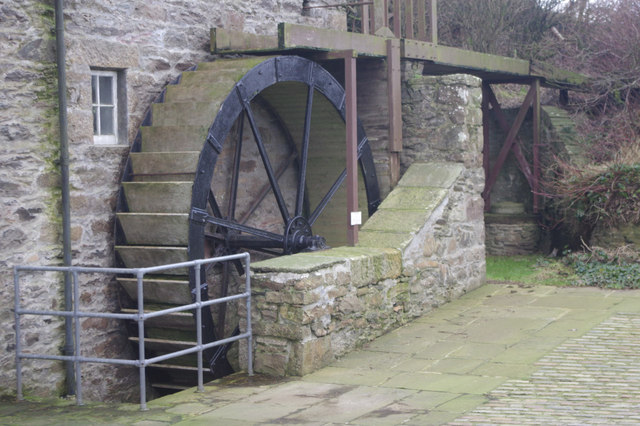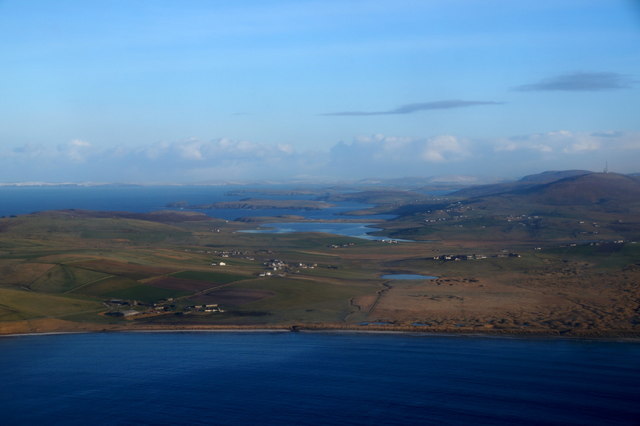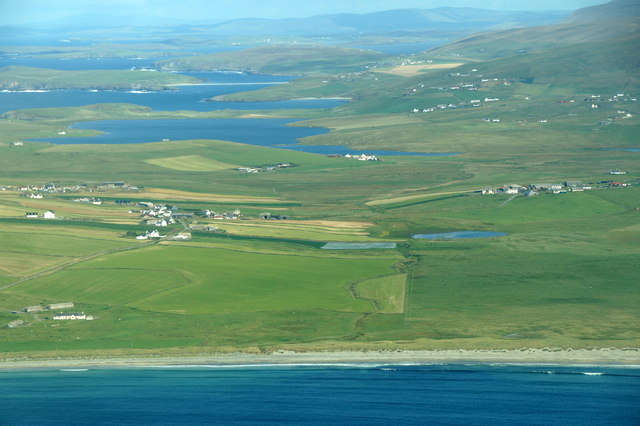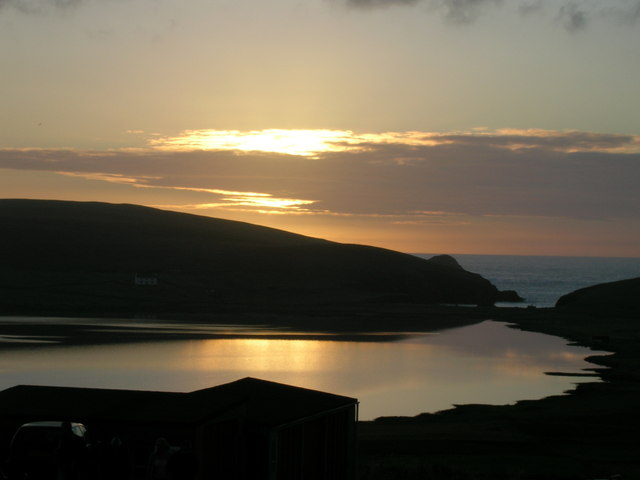Gord
Settlement in Shetland
Scotland
Gord

Gord is a small village located on the island of Shetland, which is situated off the northeastern coast of Scotland. It is nestled in a picturesque setting, surrounded by rolling green hills and breathtaking coastal cliffs. Gord is home to a close-knit community of approximately 200 residents.
The village itself is characterized by its quaint charm and tranquility. A small cluster of traditional stone houses and cottages dot the landscape, adding to the village's rustic appeal. The locals take great pride in maintaining their heritage, and many of the buildings have preserved their original architecture.
Despite its small size, Gord offers a range of amenities to its residents. These include a primary school, a community hall, and a post office. The village also has a local shop, which provides essential supplies to the residents. The shop often serves as a gathering place, where locals catch up on the latest news and events.
The natural beauty surrounding Gord is a major draw for visitors. The village is an ideal starting point for exploring the stunning coastal scenery and wildlife of Shetland. Visitors can embark on hikes along the cliffs, take boat trips to observe seabird colonies, or simply relax on the nearby sandy beaches.
Overall, Gord is a charming and idyllic village that offers a peaceful escape from the busy modern world. With its breathtaking natural surroundings and strong sense of community, it is a place that captures the hearts of both residents and visitors alike.
If you have any feedback on the listing, please let us know in the comments section below.
Gord Images
Images are sourced within 2km of 59.908495/-1.3378136 or Grid Reference HU3713. Thanks to Geograph Open Source API. All images are credited.




Gord is located at Grid Ref: HU3713 (Lat: 59.908495, Lng: -1.3378136)
Unitary Authority: Shetland Islands
Police Authority: Highlands and Islands
What 3 Words
///prospers.hunt.modern. Near Sumburgh, Shetland Islands
Nearby Locations
Related Wikis
Fitful Head
Fitful Head is a 283-metre-high (928 ft) headland at the southwest corner of Mainland, Shetland, Scotland, some 6 kilometres (3.7 mi) northwest of the...
Lochs of Spiggie and Brow
The Lochs of Spiggie and Brow are located west of Boddam in the parish of Dunrossness, in the South Mainland of Shetland, Scotland, about 6 km north of...
Toab, Shetland
Toab is the southernmost village on Mainland, Shetland, Scotland. It is part of Virkie and overlooks Sumburgh Airport. Toab is within the parish of Dunrossness...
MV Braer
The MV Braer was an oil tanker which ran aground during a storm off Shetland, Scotland, in January 1993, and nearly a week later broke up during the most...
Nearby Amenities
Located within 500m of 59.908495,-1.3378136Have you been to Gord?
Leave your review of Gord below (or comments, questions and feedback).
